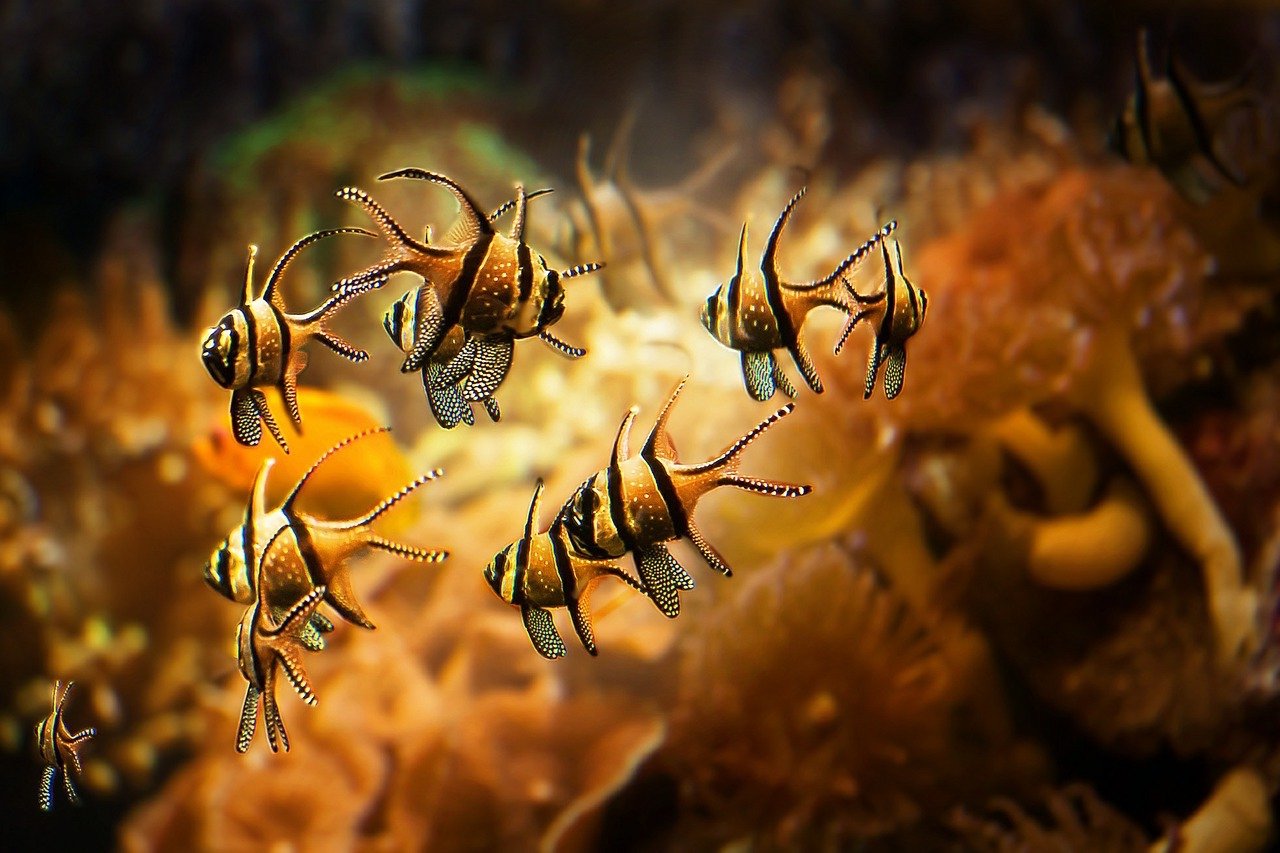
Whether you’re collecting cars, coins or antique furniture, maintenance is crucial to preserving the aesthetic, vibrancy and especially in the case of fish, lifespan of your beautiful creatures. Maintenance can be a dirty word to some as it entails work, commitment, and precious time but with the right routine, cleaning a fish tank will be easy and effortless.
Of course, the size of your aquarium influences how and when it should be cleaned. The amount of fish per square footage of tank space is something to also be considered – the more crowded the tank, the more frequent the cleaning process ought to be.
There are many benefits to owning a small or large aquarium. There is naturally more work involved when you have a larger aquarium due to the increased volume alone but on the downside, smaller tanks cannot handle the bio-load that a larger tank can which means the number of organisms permitted to live in your tank will be limited. Furthermore, understanding water parameters is paramount in the quest to own a fish tank of any magnitude as finding the right balance and retaining water quality is extremely important to your tank inhabitants.
Table of Contents
What Makes up your Fish Tank?
The answer to this question may seem like a no-brainer but looking at the components of your aquarium will make all the difference when deciding on best practices for fish tank cleaning. So, what makes up your fish tank? Decorations, equipment, filter systems, substrate, housing, water, and fishes… to list a few.
Decorations
When you buy a home, one of the first things you think about is furnishings. In the case of aquaria, you may choose to add plastic plants, driftwood or a miniature castle. The ideal items situated in the ideal locations can give dimension, visual appeal and even provide recreation for your fishes. Although some of the décor may not be living creatures, they still require care and upkeep, which should be done about once a month.
The decorative items should be removed piece by piece, placed in boiling water (if possible) for about 15-20 minutes and gently scrubbed to get rid of stubborn algae and other contaminants. It should be noted that the items should not be extracted all together as they contribute to the overall stability of the aquarium. Plus, the shock of removing them all at once is quite stressful for your fishes.
Equipment
Aquarium equipment is any of the supplies and apparatuses that you deem central to the successful inner workings of the fish tank. This could be anything from a heater or air pump to lights and a tank cover. The same type of equipment is not obligatory for every single aquarium or aquarist. For example, a heater and filter are both must-haves for keeping tropical fish but cold water fish such as goldfish that flourish in water temperatures of about 60 °F (15 °C) would need a chiller. Research should be done on the species of fish you intend to keep and the resultant preparations should be made to purchase any ancillary equipment required to support the livestock.
With aquarium equipment, habitual inspection should be done as the need arises and as the manufacturers of the equipment may advise. Time should be spent weekly on wiping down covers or lids and attached lighting systems to stay on top of filth and grime that buildup over long phases.
Other fish gear in the tank should be given a look over as each component serves a role in keeping your fishes happy. It is recommended to examine and clear out the water pump impeller every year. If you have an external water pump, administering a little oil can go a long way in making it run smoothly and quietly, and expanding its life expectancy.
Saltwater fish tank maintenance is a specialty and needs a vigorous routine. Daily checks of all equipment should be performed along with making sure tubes, connections and cords are securely plugged in and that moisture is not felt from any leaking bits. Particularly with reef aquariums, bi-annual checks of bulbs and tubing for lighting systems should be done as salt can speed up wear and tear.
Using a protein skimmer is a great way to sustain water quality in a marine aquarium. The skimmer removes fish and plant waste before they decompose and risk endangering your healthy aquarium. Regularly emptying the collection cup of the protein skimmer and cleaning the neck areas of the machine aid in maintaining the integrity and operation of the equipment. After a 6-month period, a more thorough cleansing process can be undertaken whereby the disassembled parts are soaked in hot water and polished off to restore them to their original state.
Filtration
Perhaps, one of the most attention grabbing features of the aquarium is the filtration as it is an essential cog in the machine of a fully functional fish tank. Clearing and swapping out filter inserts and carbon is contingent on the type of filter system you own but achieving a proper filtration system transforms any fish tank into a low maintenance fish tank.
So, how to clean a fish tank filter? Well, to begin the process, all filters should be unplugged and a couple cups of water should be taken from the tank to be used as the prominent cleaning agent. Chemical and biological filters are the most straightforward to clean as they consist of basic, simple steps. In the case of chemical systems, replacing the carbon is the primary goal and in the case of chemical filters, giving it a brisk washing is mostly what it needs. For both types of systems, cleaning can be carried out every other week or if you notice malfunctioning of any sort within that timeframe. For an undergravel filter system a more frequent changing cycle might be demanded, that is, on a weekly basis.
For mechanical filters, the sponge or pad is the star of the show. Rinse dirtiness from these items with water and some elbow grease, soaking and squeezing until the water running off from them is relatively clear. This can be done every month until the filter cartridge needs to be changed due to degradation. When your filter has been tended to, don’t forget to devote some energy to scrubbing the body and adjoining tubes of the filter with bristles of a brush and rinsing the various parts with tank water.
Other filter media necessitate regular attention as well. The media and water flow should be looked at bi-weekly for power filters and corner filters. However, external filters can be looked at once a month.
You can also incorporate some sort of padding or filter fiber (poly-fil) in your filter for a better clean. The filter fiber is relatively inexpensive and does a superb job of trapping debris and minute particles.
Substrate
Substrate refers to the substance that coats the bottom of the fish tank. This can be crushed shell, limestone, gravel, pebbles and stones, sand etc. There are many options to choose from as different aquaria demand different specifics. The biological and atmospheric values are evaluated as the fishes you acquire may be accustomed to certain settings and ecosystems. For instance, gravel is a common choice for freshwater aquariums as it is not chemically reactive and will not disrupt the fish’s habitat. Sand is a typical choice for marine aquariums as it promotes the development of micro-fauna and bacteria which supports biological filtration.
Before adding the substrate, we advocate rinsing and washing the material in warm water (no soap). The bottom layers of sand, gravel and the like, serve as filters and inadvertently store fish waste therefore, subsequent aquarium maintenance is vital to safeguarding the environment for your fish friends.
Cleaning can be done with a fish tank gravel cleaner such as an aquarium vacuum which will suck up the sediments and particles that may have settled in between the material. The vacuum comes with a siphon and plastic tubing to carry the dirty liquid up and out of the tank and is designed so that your fishes and decorations do not have to be removed in order to complete the task.
If you do not want to use a vacuum, then the good ole fashioned way is also feasible. To do this, all electrical equipment must be switched off, the items should be transferred out of the aquarium and the tank should be drained but remember to save a portion of the removed water so you can utilize it to store the fish, and save a portion of the “dirty” gravel in order to re-colonize the tank afterwards. The substrate should be rinsed with warm water, but never use soap, and can be repeatedly washed to obtain the freshness you desire. Whichever method floats your boat, a regular schedule (every week or so) will be appreciated by your fish friends.
Housing
With housing, temperature is definitely a determinant as cold water fish and tropical fish need varying degrees of heat or coolness to survive and therefore, particular conditions must be observed for proper saltwater aquarium maintenance and freshwater aquarium maintenance alike.
As with anything else, when items are left exposed to environmental elements there is an organic collection that occurs and for aquariums the inside surfaces of the tank often have algae buildup. Cleaning the tank might seem cumbersome and often leads to a cringe-worth question of “How often should I clean my fish tank?” but this can be accomplished without difficulty once a week and luckily, there are several techniques for removing gunk and bringing back luster to your once-shiny fish tank.
If you don’t mind getting your hands wet, then a sponge or scraper can be used to eliminate those green-colored organisms even with the fish still in the tank – just be careful not to remove too much water or introduce detergents with the cleaning instruments used. For a more hands-off approach, a magnetic fish tank cleaner can be an excellent device. As the name suggests, there are strong magnets inside of a pair of sponges and you merely have to move the magnets slowly across the tank to get rid of the algae. If the magnet on the inside of the tank becomes detached, you don’t have to worry because it floats to the top for convenient retrieval. If all else fails, an automatic aquarium glass cleaner can be an extremely beneficial and innovative tool against buildup. It is programmable and runs on a 24-hour cycle. This cleaner should be mandatory for fish tank maintenance especially to those who travel for work or who may not always be available to clean the tank every week.
Another option for managing algae is to add certain varieties of snails and crustaceans to help control the accumulation. However, including more critters to your tank means more work and responsibility in monitoring the aquarium.
For the outside walls of the fish tank, a soft, lint-free cloth will do the trick. All you have to do is lightly scrub it with warm water to remove the dirt and muck. When dealing with a marine aquarium, salt creep seems inevitable as water splashes on surfaces near to the tank due to movement and natural occurrence. It is best to stay ahead of this phenomenon by wiping down the walls and affected areas once a week. Particular attention should be paid to electrical cords and lighting systems that can be affected by salt creep as damage can be caused quite quickly, which can lead to unexpected costs for extra maintenance and replacements.
The actual tank itself and the stand it rests on should also be inspected at least once a month to ensure the housing is secure and to catch any early indications of cracks or leaks.
Water
Water is like air in the fish world so it’s no wonder that it carries so much weight and importance. In nature, water is cleansed through a continuous cycle of movement and property changes that allow impurities to be removed and water supplies to be replenished. However, in 5 gallon tanks, 10 gallon tanks, 50 gallon tanks or even 125 gallon tanks, there simply is not enough space for nature to take its course. Therefore, changing the water of your aquarium on a consistent basis is absolutely key to sustaining a balanced and clean environment.
This activity may seem like a huge chore but the good news is you don’t have to change out every drop of the dirty water as we generally advised to take out and refill about 10-15% of the tank’s volume. When undertaking this task, it is important to check the condition of the water that was removed and the condition of the water you intend to put back into the tank. This is important because water from the faucet is treated to prevent diseases and kill parasites but the treatment applied can be harmful to the fishes. Therefore, using a water conditioner (many aquarium kits include a complimentary bottle to get you started) helps to counteract certain chemical elements present in the water.
Another essential step is to “cycle” the water. This process entails obtaining the correct balance of bacteria with your filtration system. Checking water chemistry and stability of pH levels are ongoing exercises that should be done on a regular basis to ensure water parameters are acceptable. There are several fish tank cleaning kits that help in this regard. An aquarium water testing kit is an effective tool which monitors ammonia, nitrates, nitrites and pH of the water. For marine aquariums, a proper range for calcium and alkalinity is also tested. These kits are reasonably-priced and easy to use and will make a big difference in your saltwater fish tank maintenance or freshwater fish tank maintenance regimes. Remember to verify expiration dates for test kits specifically, as these may become invalidated and produce false readings if the recommended dates of use have passed.
Also for saltwater aquarium maintenance, a standard check of water levels in the tank should be done. Water is lost to evaporation and refilling the tank on a daily basis may be required depending on the humidity of the room. However, no matter which type of fish tank you have, you should be mindful of the water you are topping it off with; if you’re putting back water into a freshwater aquarium then dechlorinating it might be a good idea.
Fishes
Fishes are the main attraction and giving them appropriate care is a rewarding part for any aquarist. Fish food is obviously vital to development. To satisfy dietary and nutritional needs, you must make sure that the right kind of fish food is bought and the correct amount of food is distributed. This is especially true if you want to have a low maintenance aquarium as too much food is harmful to the fish and uneaten fish food pollutes the tank which consequently affect chemical levels in the water. Fish are fed on a daily basis but feeding routines will rely on the genus of fish in your tank, thus keeping an eye on behavior and eating habits are imperative for effectual fish tank maintenance.
Related Posts:
If you have a fish-only aquarium, the lights in your tank do not need to be on for 24 hours in a day. In the fishes’ natural habitat, they probably would be getting moderate amounts of sunlight and hence intense lighting is not necessary. Moreover, algae thrive from a strong light source which can create a burden to clean. Once you leave your home or office, the lights can be taken off to save money and manage algae growth. However, if you have live plants in your aquarium then you will have to look at acquiring a lighting system that supports them, if the lights that came with your aquarium do not.
Conclusion
Fish tank maintenance can be a breeze as long as a regimen is established and followed. There are some activities that should be done every day and then there are some tasks that arise every other week to a month. The strategy to keeping duties fun and light is by keeping them often. Taking 15 minutes out of your day to check on equipment and lighting, diligently watching fishes as they swim by and wiping down surface areas is nothing compared to the time you may have to invest to fix major problems that happen over neglected periods of time.
Now that you have learned how to properly clean a fish tank, we have recapped a few care tips below to assist you in your cleaning adventures.
Checklist
Every Day:
Every Week or Other Week:
Every Month:
Please comment on this post with any thoughts, first hand experiences or feedback you wish to share.
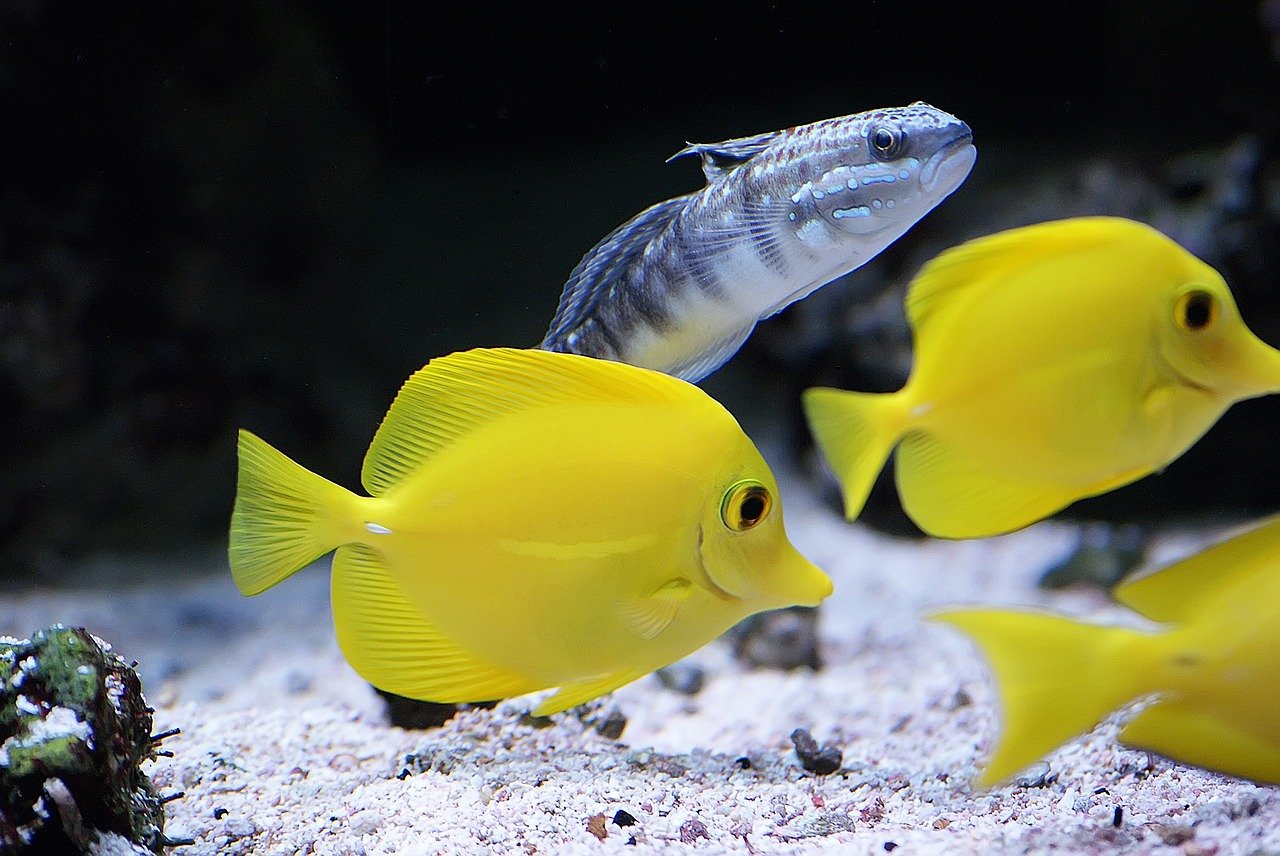
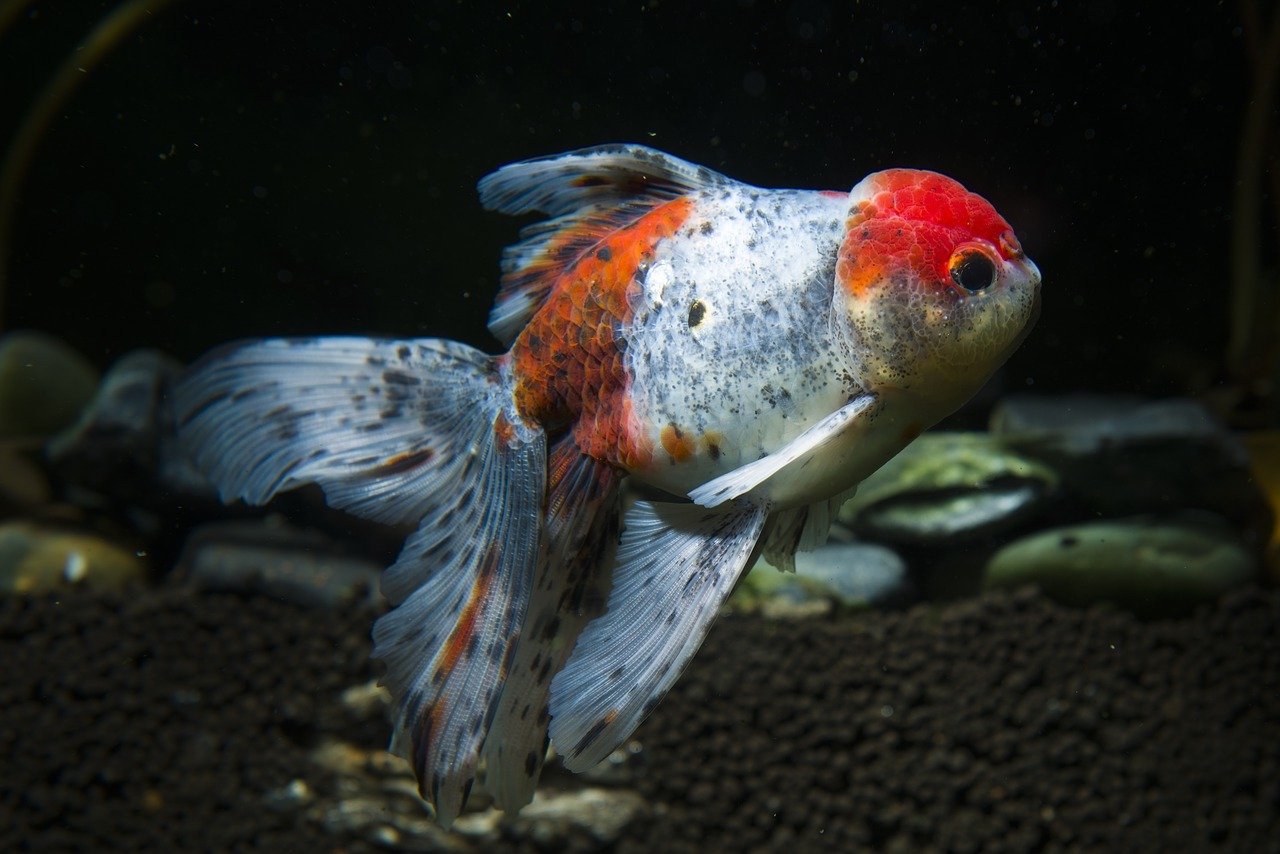
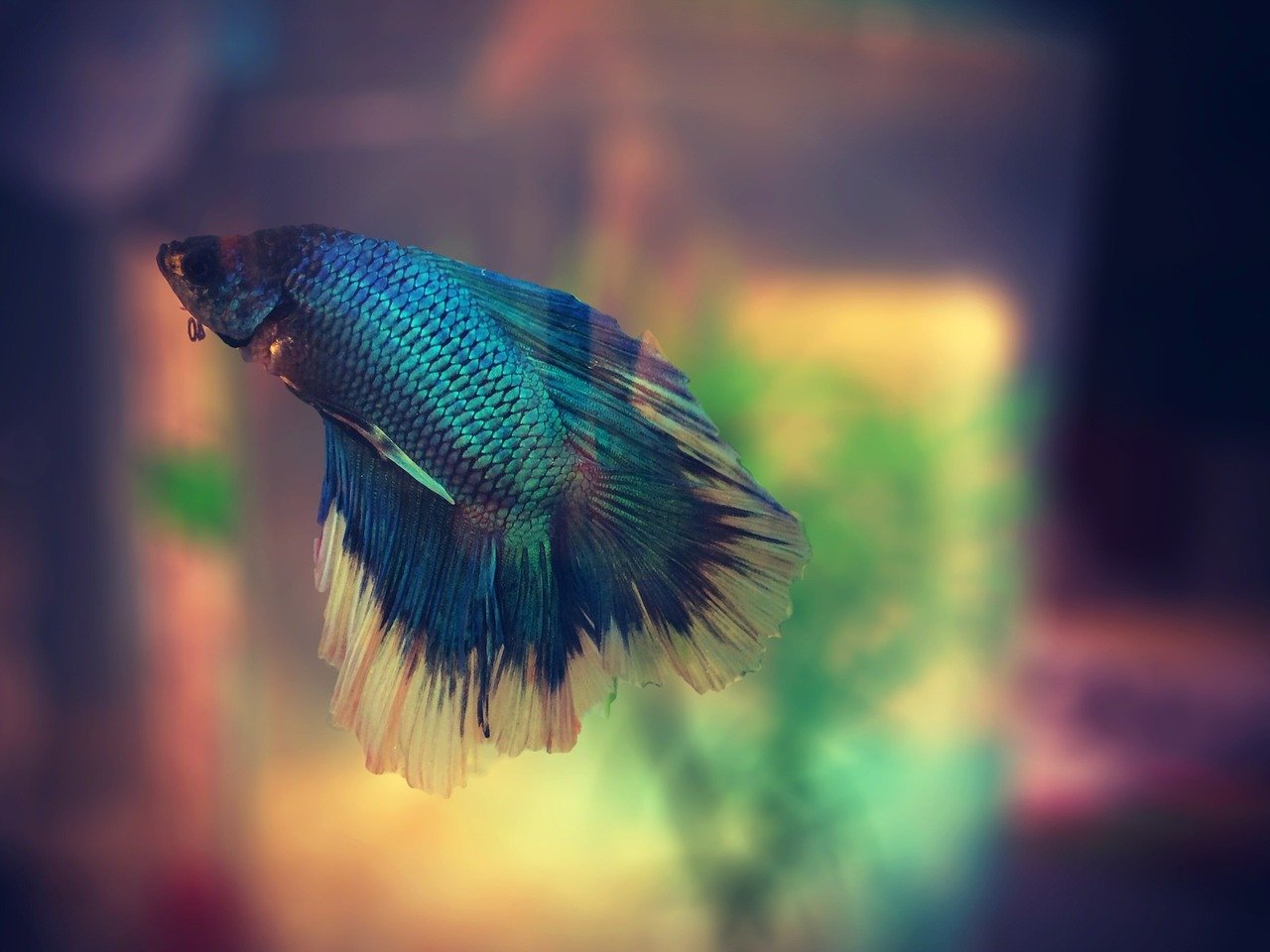
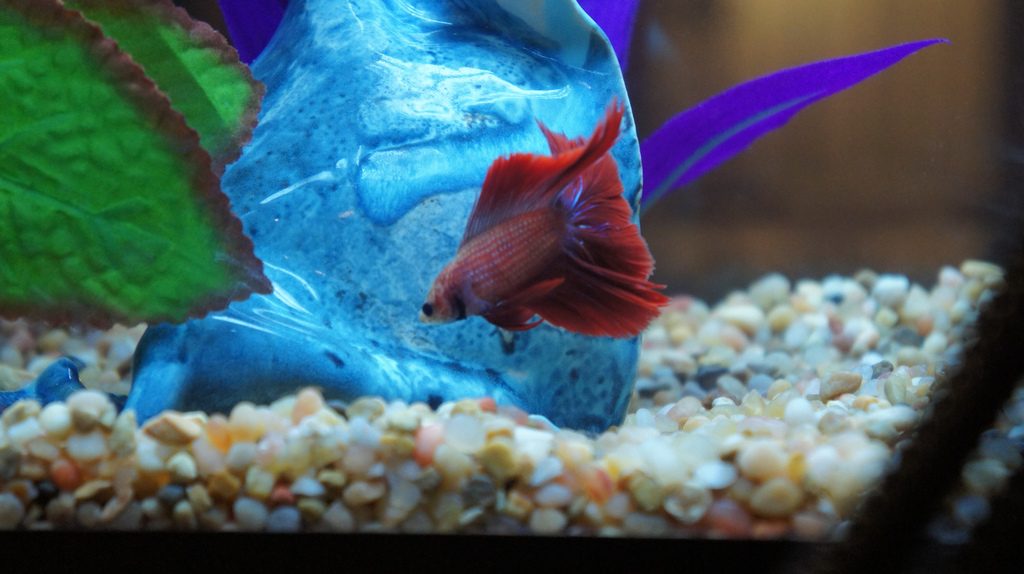
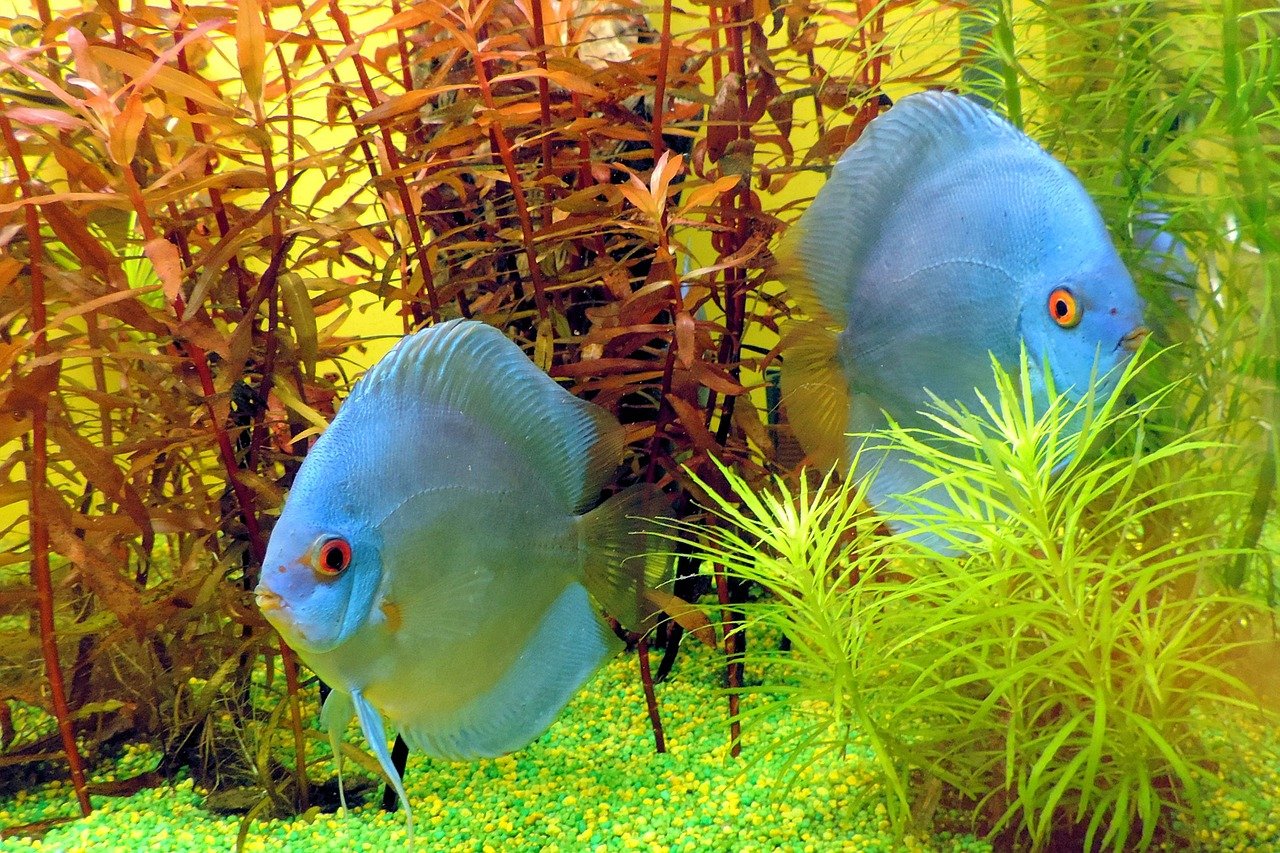
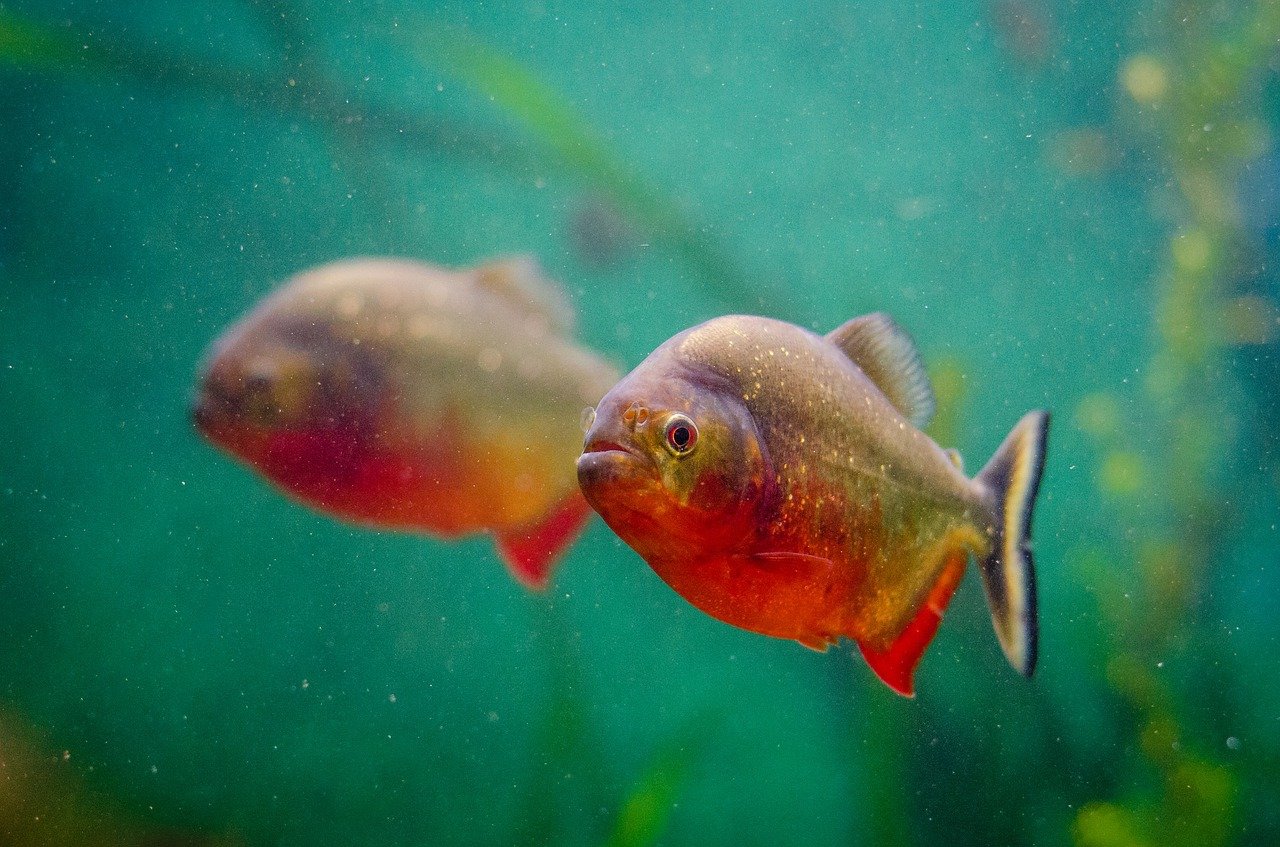
Kairi Gainsborough says
Thanks for explaining how an aquarium that supports saltwater fish requires a vigorous routine compared to freshwater tanks. I’ve only had freshwater fish before, so this information is really helpful. If I ever wanted to set up a reef tank, I will look into getting a protein skimmer to maintain a healthy environment. I’ve always thought that saltwater fish are much cooler looking. My next aquarium will definitely have some in it.
Finley Moreira says
My wife really wants an aquarium in our home, so I think it would be important to learn how to take proper care of it. In the article, you mentioned that it’s important to have the pH level checked regularly to ensure a good environment for the fish. Is this something that should be checked daily or weekly?
Sean Winkler says
Finley, checking pH is very important but it definitely does not need to be done every day. Once a week or once every two weeks is fine. Do it before and after water changes is my recommendation. If you have a period of time when you are having issues with pH then checking daily will be needed.